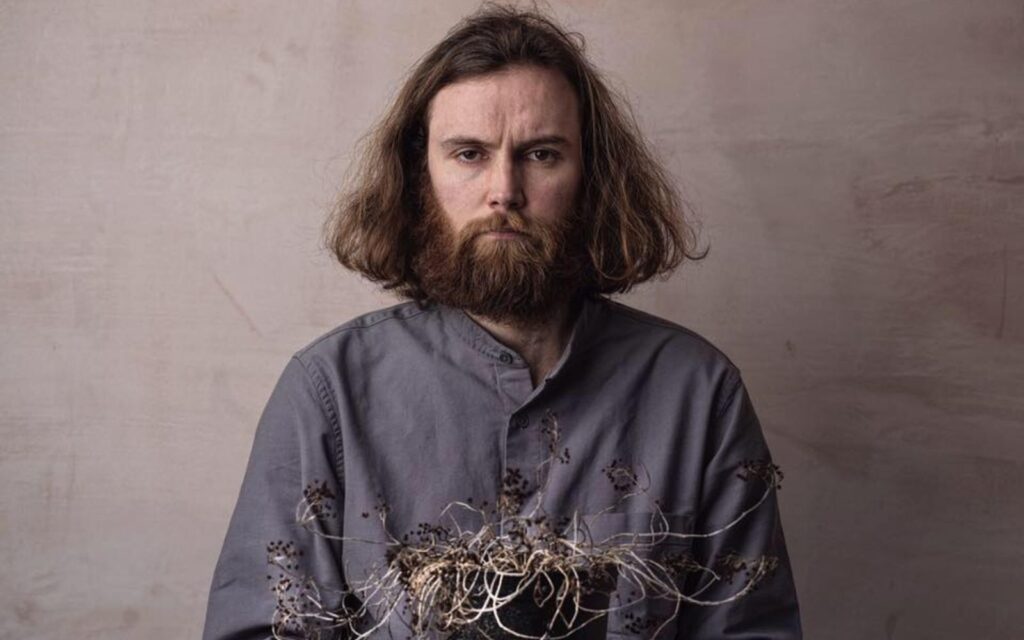“Hermosillo is an artistic city; they have a contemporary arts museum and a dance festival. Mexico is very different from Australia that way – their relationship with art is much more present. You spend a lot of time outside, at barbeques, with loud speakers, music and dancing. Everyone sings and dances.” The dance work Hello, coming up at 1000 ₤ Bend, is the result of a collaboration between Hilton and four of the dancers from La lagrima, much of it conducted via Skype and YouTube.
The process of Hilton getting to know the dancers actually informs the work, which comprises a set of individual ‘portraits’ of each performer. “All the work is about the people in it,” she continues. Hello consists of 12 two-and-a-half minute solo pieces, specific to each dancer. “The whole project is a cultural exchange,” notes Hilton. “You see your own place through the eyes of others.” The individual pieces are performed simultaneously, so audience members can wander around the space and watch what they like. “It’s like being in the world,” says Hilton. “You have to choose your own corner – suddenly you might hear something else interesting in another corner and have to choose to go over to see that. It’s not like watching TV – it’s not passive. With so much dance, I think ‘I can sit here and watch it, judge it, but it doesn’t need me’. I wanted to make something that doesn’t follow that model. When the performers can see you, it’s much harder to objectify the dancers.”
Each piece of Hello is as individual as the artist, expressions of their passions, their sensibilities, their personalities, their beliefs, including, of course, their music. “The dancers have chosen different music that is meaningful to them,” explains Hilton. “From traditional Mexican cantina to techno. The show is aurally diverse.” Has Hilton noticed any obvious differences between an Australian dancer’s approach to a work and that of her Mexican counterpart? “The La lagrima dancers are very individual. Much more at home with theatricality. Something our training can do here is to flatten the individuality out of the performer, so they inhabit themselves within the training.”
At the end of Hello the dancers come together to do a 17-minute group piece, to Kanye, no less, a choice which makes Hilton laugh. “The ubiquitousness of American culture – it’s hilarious. I’ve been working in Sweden and it was Daft Punk for them. They’re young and they’re all rocking to the same stuff.”
Were there any surprises for Hilton once the dancers arrived in Melbourne? “They haven’t done anything that horrifies me,” she laughs. “Usually it’s me who tries to get them to do weird things. I’ll say ‘Do that crazy dancing you were telling me about – that your uncle did at that wedding.’ I try to get them to do things that are more extreme, to up the ‘Mexicana ante,’ not something they’d necessarily do while performing in Mexico.
“It’s not a serious, traditional dance space,” she notes of her choice of 1000 £ Bend as the performance venue. “It’s got a great vibe, sort of like a big grubby garage or a squat.” Hello explores questions about identity, about who we are, outside and within, our own cultures. Hilton says it’s a big deal for these dancers from a small city to be immersed in a western culture that isn’t the United States, somewhere that doesn’t contain any ‘racial baggage’ for them. “They’re kind of shy here, with the newness, taking in so much information – they’re figuring out the code, the rules, the regulations. And English is such a big language. Our cultural context is a huge part of where we are. You ask yourself ‘do I want to be this culturally specific?’ You think about personal representation and about cultural representation. Whatever you are is who you are.”
BY LIZA DEZFOULI







